The Story of an Unlikely Trading Journey.
I never thought my journey from struggling artisan to successful trader would begin in a dusty corner of an ancient bookstore. But there I was, surrounded by the musty scent of old paper and wisdom, when these 8 legendary trading books found their way into my life.
How Art and Trading Collided.
As an artisan crafting intricate wooden sculptures, I understood patterns. Little did I know this same skill would become my edge in the trading world. But first, let me share the sacred texts that transformed my financial destiny.
The 8 Trading Books That Changed Everything.
The Mental Masterpiece.
1. “Trading in the Zone” by Mark Douglas.
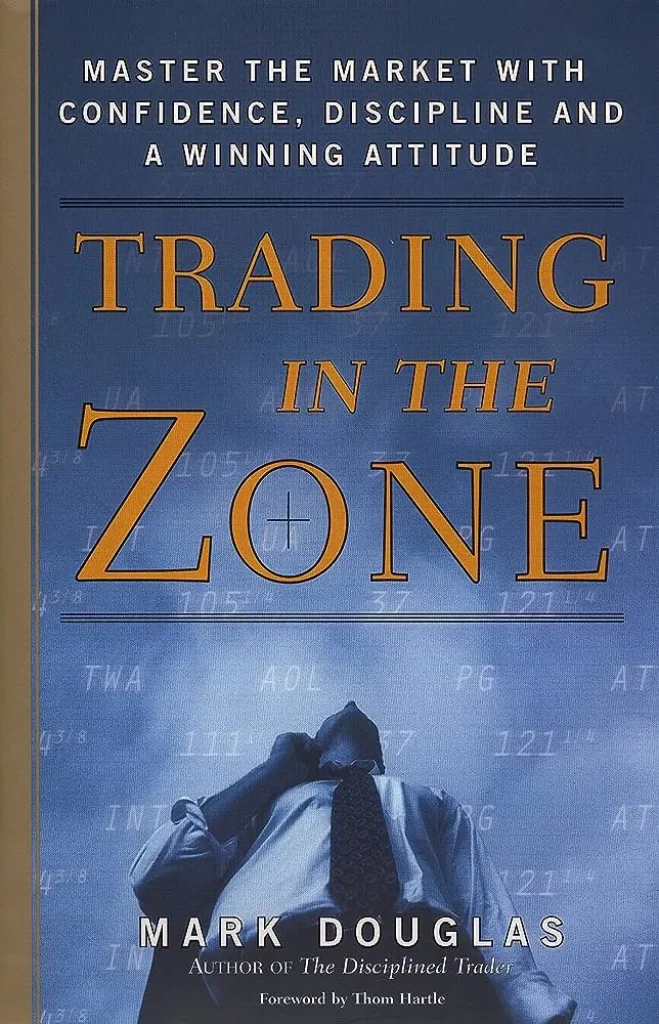
Like mixing the perfect colors for a painting, Douglas taught me how to blend psychology with trading. This book wasn’t just about markets – it was about mastering the canvas of your mind.
Key Takeaways:
- Understanding probability.
- Developing bulletproof trading psychology.
- Eliminating emotional trading.
The mastery of trading begins in the mind, and Douglas lays this foundation with surgical precision.
Think of probability like a skilled archer – not every arrow hits the bullseye, but understanding the mathematics of success over many attempts is what counts.
I discovered that accepting losses isn’t just about emotional control; it’s about embracing the random distribution of outcomes while maintaining unwavering faith in your edge.
The book’s most profound revelation came through its treatment of emotional discipline. Like a samurai’s training, it teaches you to observe market movements without emotional attachment.
I learned that my biggest enemy wasn’t the market – it was the voice in my head seeking revenge after losses or becoming overconfident after wins.
The Pattern Prophet.
2. “Technical Analysis of Financial Markets” by John J. Murphy.
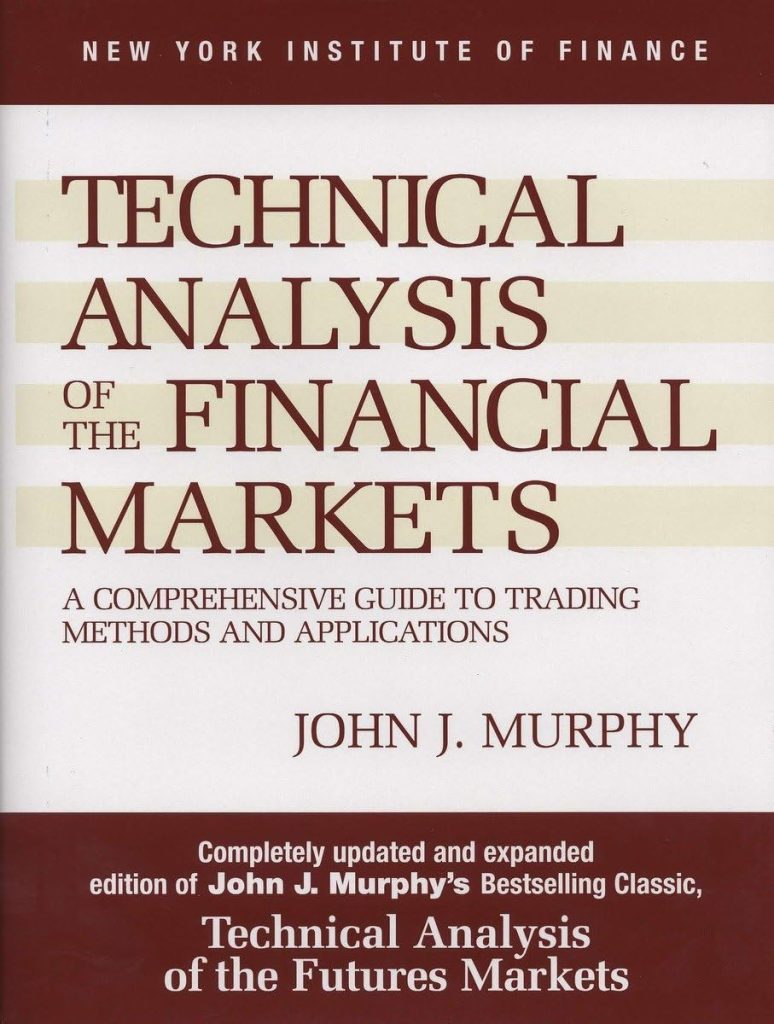
Just as I could see forms within blocks of wood, Murphy showed me how to see patterns in price action. This book became my market dictionary, teaching me to read the language of charts like ancient runes.
Must-Learn Concepts:
- Chart pattern recognition.
- Trend analysis mastery.
- Technical indicator secrets.
Murphy’s work is like discovering an ancient map to market riches. His approach to technical analysis transcends simple pattern recognition – it’s about understanding the psychology behind price movements.
The book revealed how markets breathe: they inhale through accumulation and exhale through distribution. This rhythm, once understood, becomes your trading compass.
What transformed my trading was learning how patterns aren’t just mathematical formulas but visualizations of mass psychology. Combined properly, they form a symphony of confirmation that can predict market movements with remarkable accuracy.
The key isn’t in trading more patterns, but in understanding the story each one tells about market sentiment.
The Ancient Wisdom.
3. “Japanese Candlestick Charting Techniques” by Steve Nison.
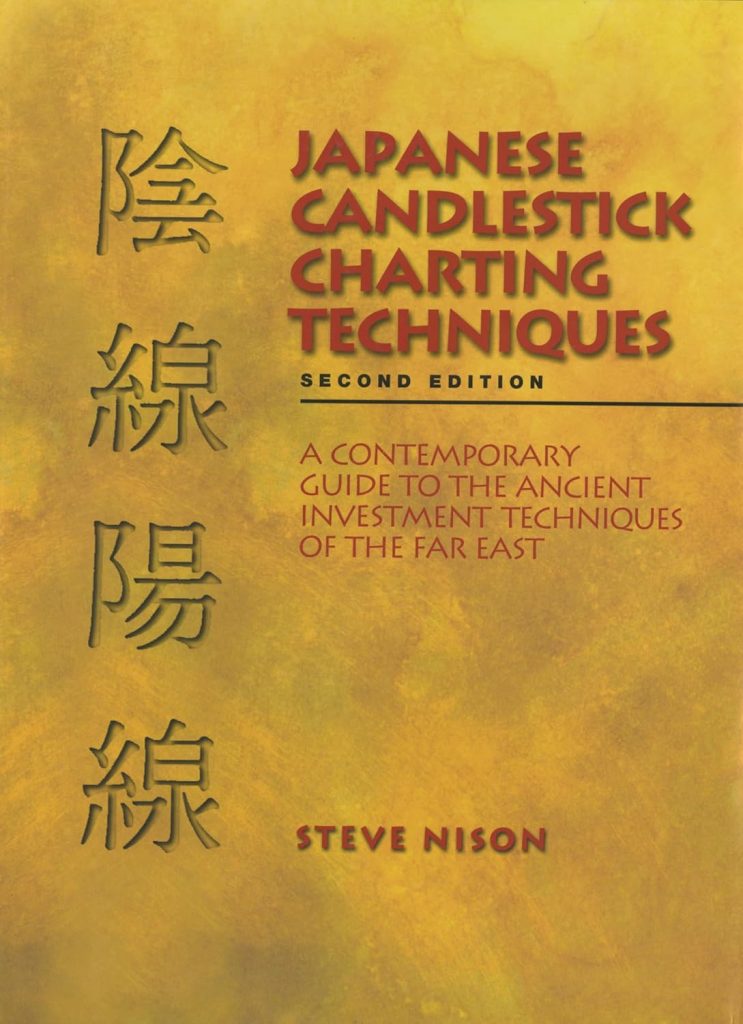
Like discovering ancient artistic techniques, Nison introduced me to the art of candlestick patterns. These centuries-old Japanese methods revealed market emotions just as clearly as facial expressions in portraiture.
Essential Learning:
- Candlestick pattern recognition.
- Market psychology interpretation.
- Timing precision.
Nison’s exploration of candlestick patterns opened my eyes to a dimension of market analysis that’s both artistic and scientific.
These patterns, developed by Japanese rice traders centuries ago, remain startlingly accurate in today’s digital age. Each candlestick tells a story of the battle between bulls and bears, and learning to read these stories transformed my trading precision.
The most valuable lesson wasn’t just about pattern recognition – it was understanding the psychology behind each formation.
A doji isn’t just a cross on your chart; it’s a moment of perfect equilibrium between buying and selling forces, often signaling an imminent and powerful shift in market direction.
The Trader’s Tale.
4. “Reminiscences of a Stock Operator” by Edwin Lefèvre.

This biographical masterpiece of Jesse Livermore felt like reading an epic novel. It taught me that trading, like art, is timeless – the same patterns of human behavior repeat across centuries.
Timeless Lessons:
- Market psychology never changes.
- The importance of patience.
- Learning from mistakes.
Lefèvre’s biographical account of Jesse Livermore reads like a market warrior’s handbook. Through Livermore’s triumphs and failures, we learn that the market’s greatest lessons are written in the ink of lost money.
His experiences taught me that patience isn’t just a virtue – it’s a profit strategy. The book’s most powerful message is that market psychology never changes because human nature remains constant across centuries.
The Masters’ Secrets.
5. “Market Wizards” by Jack D. Schwager.
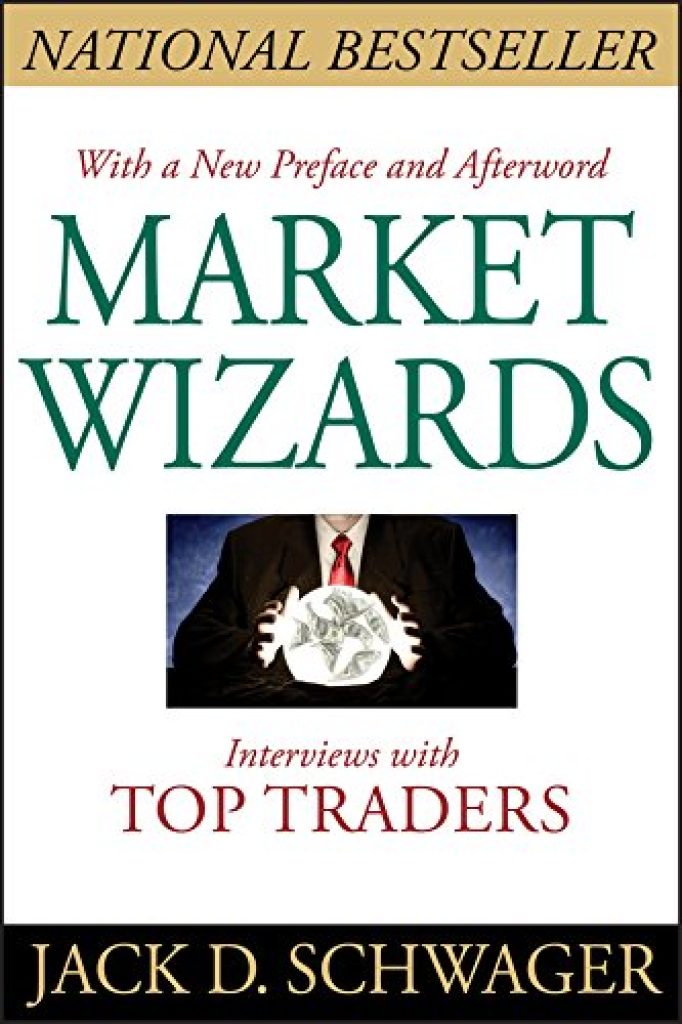
Like studying under different master artists, this book exposed me to various trading styles. Each interview revealed new perspectives, showing there are many paths to market mastery.
Key Insights:
- Multiple successful approaches exist.
- Risk management is crucial.
- Persistence pays off.
Schwager’s interviews with trading legends revealed a crucial truth: there are many paths to market mastery. Each wizard shared a unique approach, but they all emphasized on risk management. The most profound insight was that successful traders aren’t just good at making money – they’re exceptional at not losing it.
The Mental Framework.
6. “The Disciplined Trader” by Mark Douglas.
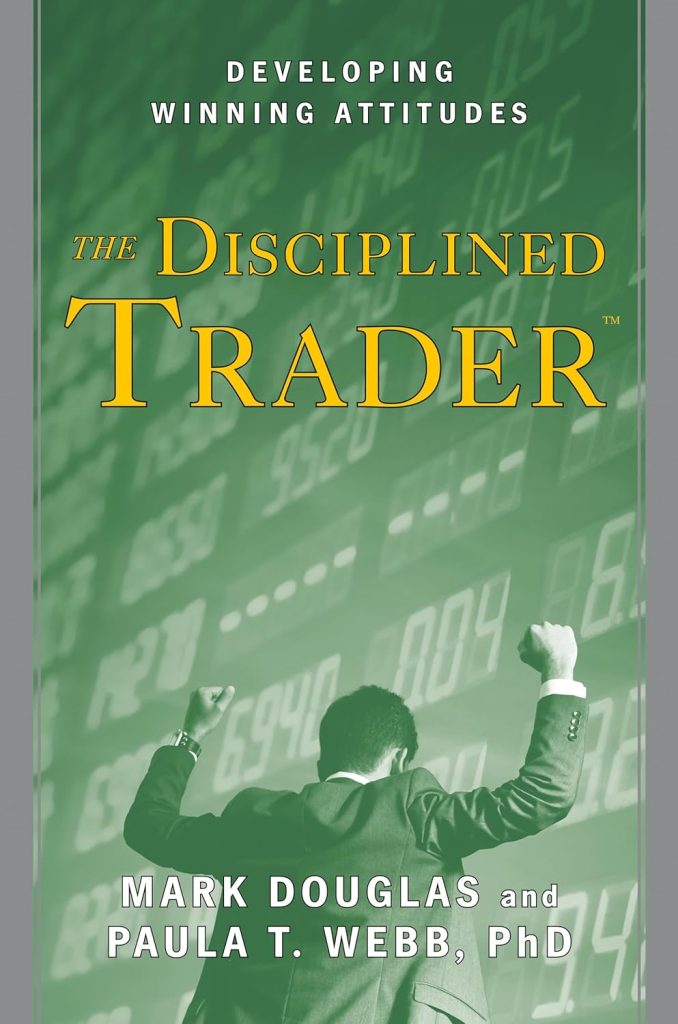
This book taught me that like perfecting a craft, trading requires strict discipline. It became my guide to building the mental foundation necessary for consistent profits.
Core Teachings:
- Building trading discipline.
- Creating mental frameworks.
- Maintaining emotional balance.
This book is like a psychological boot camp for traders. It taught me that discipline isn’t about rigid rules – it’s about developing a flexible framework that guides decisions under any market condition.
The most valuable lesson was learning to separate analysis from execution. Analysis can be complex, but execution must be mechanical and emotionless.
The Pattern Bible.
7. “Encyclopedia of Chart Patterns” by Thomas Bulkowski.

As an artist sees shapes in marble, this book taught me to see profitable patterns in charts. Bulkowski’s statistical analysis gave scientific weight to technical analysis.
Critical Components:
- Pattern reliability statistics.
- Real-world examples.
- Risk assessment techniques.
Bulkowski’s statistical analysis of chart patterns brought science to what many consider an art. His work taught me that patterns aren’t just shapes – they’re footprints of institutional money movement.
The book’s greatest contribution to my trading was teaching me to qualify patterns based on their statistical probability of success rather than how they look.
The Modern Classic.
8. “The Art of Currency Trading” by Brent Donnelly.
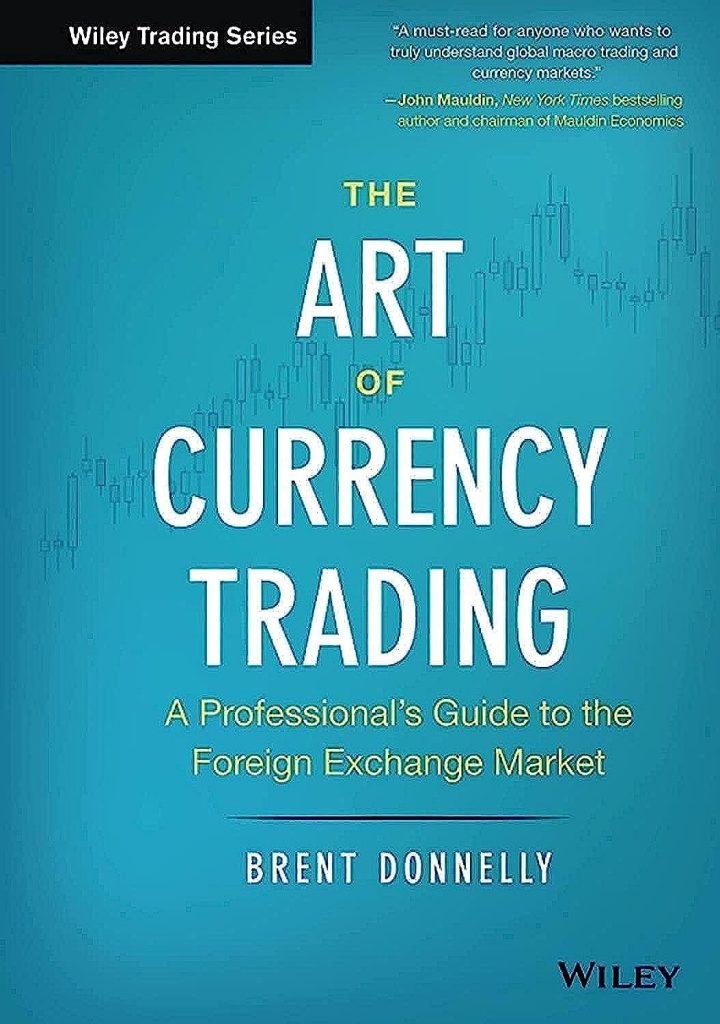
This contemporary masterpiece bridged the gap between classic trading wisdom and modern markets. It became my daily reference for navigating today’s complex forex landscape.
Modern Essentials:
- Current market structure.
- Institutional trading insights.
- Professional forex strategies.
Donnelly bridges classical trading wisdom with modern market reality. His insights into institutional trading revealed how banks and hedge funds really operate.
The most valuable lesson was understanding how to align your trading with institutional order flow rather than fighting against it.
The Transformation.
These books didn’t just teach me trading – they transformed how I saw markets. My artistic eye for pattern and detail found a new canvas in price charts. Each book added a layer to my trading expertise, just as each technique enhanced my artisan skills.
The Results Speak Volumes.
Within 18 months of studying these books:
- Achieved consistent profitability.
- Built a six-figure trading capital.
- Developed my own trading style.
Your Turn to Master the Market Canvas.
Remember: These books aren’t just reading material – they’re transformation tools. Each one builds upon the other, creating a complete trading education that rivals any expensive course.
Action Steps:
- Start with “Trading in the Zone”.
- Read in the order listed.
- Take detailed notes.
- Practice concepts in Propfirm challenges.
- Join our community to discuss insights.
Ready to begin your transformation? Drop a comment below sharing which book you’ll start with!
“Trading in financial markets involves significant risks, and it is essential for participants to understand these risks before engaging in any trading activities.“



